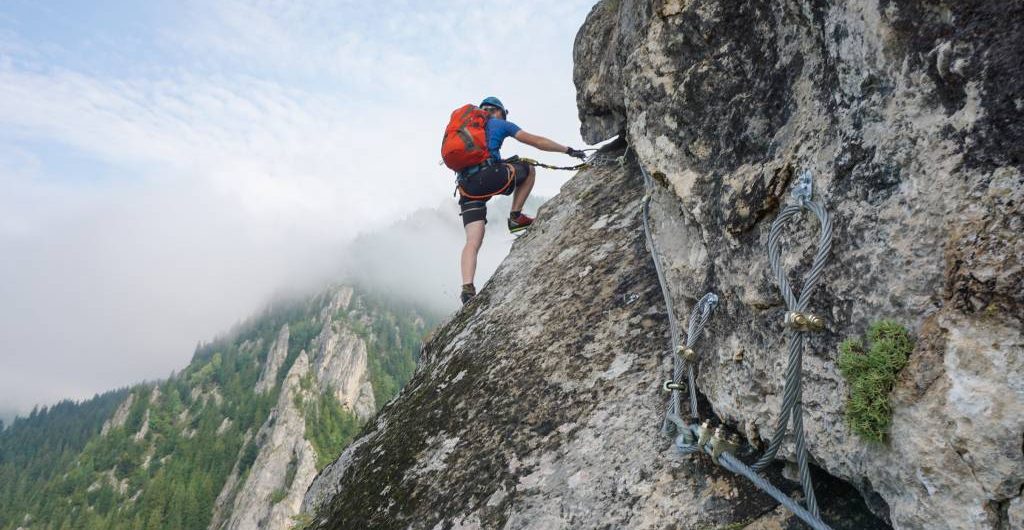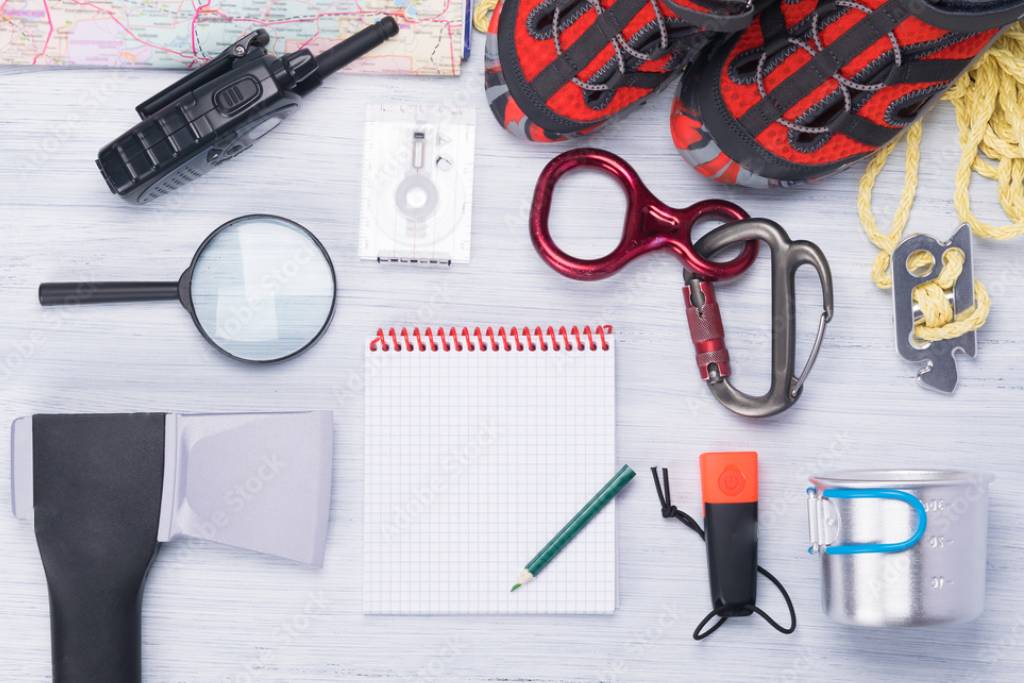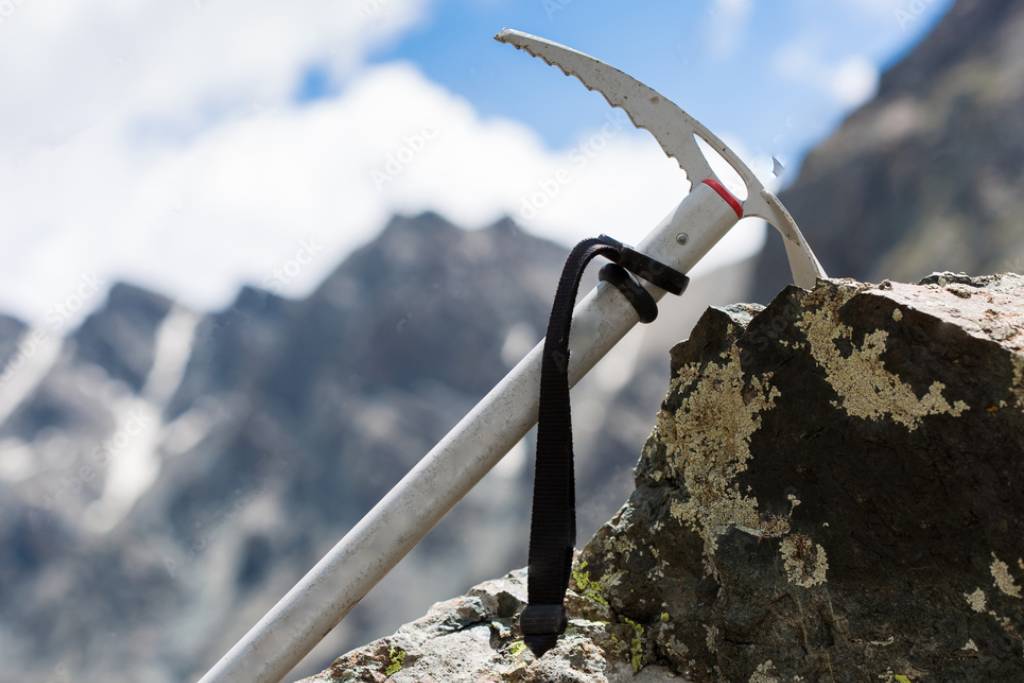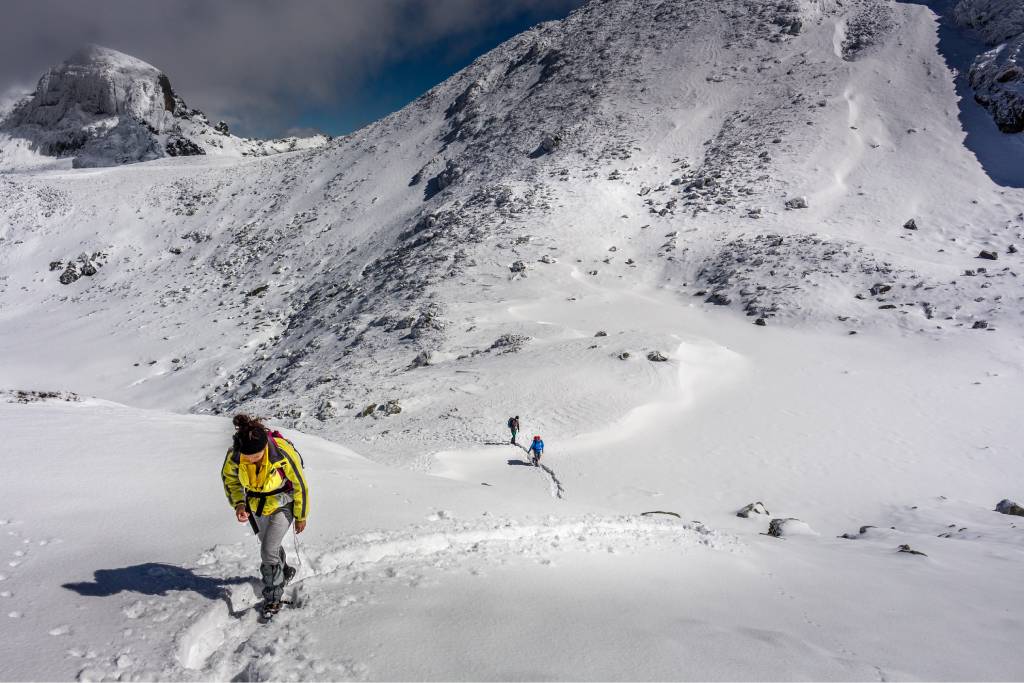
Peak climbing, often referred to as mountain or alpine climbing, is an exhilarating outdoor pursuit that challenges individuals to conquer the summits of mountains and peaks. It combines physical endurance, mental fortitude, and a love for the outdoors, offering a unique and rewarding adventure experience. While some undertake peak climbing for the thrill and sense of accomplishment, others are drawn to it by the breathtaking vistas and the opportunity to connect with nature in its purest form. However, it’s essential to emphasize that peak climbing is not without its risks, and adequate preparation, safety measures, and environmental stewardship are paramount.
Preparations for Peak Climbing

- Physical Fitness and Training: Peak climbing demands a high level of physical fitness. Cardiovascular conditioning, strength training, and endurance workouts are crucial to prepare your body for the rigors of climbing at altitude. Acclimatization to higher altitudes is also vital to prevent altitude sickness.
- Gear and Equipment: Equipping yourself with the right gear is essential for your safety and success. This includes suitable clothing, footwear, climbing gear (such as ropes, harnesses, and carabiners), and camping equipment. The right gear can make a significant difference in your comfort and safety during the climb.
- Permits and Regulations: Researching and obtaining the necessary permits and permissions is a critical part of peak climbing. Different peaks and regions have varying regulations, so it’s essential to understand and adhere to them to ensure a smooth and responsible climbing experience.
Choosing a Peak

When selecting a peak to climb, several factors come into play:
- Research: Thoroughly research potential peaks, considering factors like their location, altitude, and climbing history.
- Difficulty Levels: Peaks vary in difficulty and technicality. Choose one that matches your skill level and experience.
- Season and Weather: The choice of season can greatly affect the climb. Assess the weather conditions and select the best time to attempt the peak.
- Geographical and Cultural Aspects: Consider the geographical challenges and cultural aspects of the region. Local customs, wildlife, and conservation efforts are essential considerations.
- Group Size and Support: Decide whether you’ll climb solo or with a group. Group climbing can provide safety and camaraderie, while solo climbing offers more solitude and self-reliance.
Planning and Logistics
Proper planning is the cornerstone of a successful peak climbing expedition:
- Creating an Itinerary: Develop a detailed itinerary that outlines your climbing schedule, rest days, and contingency plans.
- Organizing Transportation: Arrange transportation to and from the base camp or trailhead. This may involve flights, buses, or even hiring local guides.
- Food and Nutrition: Plan your meals, considering the nutritional requirements for climbing at high altitudes. Ensure you have a reliable source of clean water.
- Emergency Plans: Establish emergency plans, including communication methods and evacuation procedures. Carry necessary medical supplies and equipment.
- Team Roles: Define roles and responsibilities within your climbing team, emphasizing teamwork and safety.
On the Climb

During the climb, several key phases should be considered:
- Setting up Base Camp: Establish a secure base camp to serve as a hub for your climb. Proper acclimatization is crucial at this stage.
- Daily Routines: Maintain daily routines that include rest, hydration, and proper nutrition to keep your energy levels up.
- Navigation: Learn navigation skills and be prepared to tackle challenging terrain while following established routes.
- Health: Be vigilant for signs of altitude sickness or other health issues and take immediate action if needed.
Summit Attempt
The summit day is the culmination of your climb:
- Final Preparations: Check your gear, review your route, and prepare mentally for the summit push.
- Summit Day Strategy: Execute your summit plan, including pacing, rest stops, and contingency plans.
- Adverse Weather: Be prepared to turn back if weather conditions become hazardous. Safety should always be the top priority.
- Team Coordination: Maintain clear communication and coordination with your team members, ensuring everyone’s safety.
- Celebrating Success: Reaching the summit is a remarkable achievement. Celebrate with your team, but remember that the descent is just as crucial.
Post-Climb
After a successful summit, there are still responsibilities to address:
- Descending Safely: Descend carefully, as many accidents occur during the descent phase.
- Returning Gear: Return any rented gear and equipment, and ensure that you leave no trace of your presence in the natural environment.
- Environmental Responsibility: Practice responsible climbing by respecting local ecosystems and minimizing your environmental impact.
- Reflection: Take time to reflect on your experience and share it with others. Climbing often leads to personal growth and self-discovery.
- Acknowledging Support: Recognize and appreciate the support of your climbing team and any local communities that assisted you during your journey.